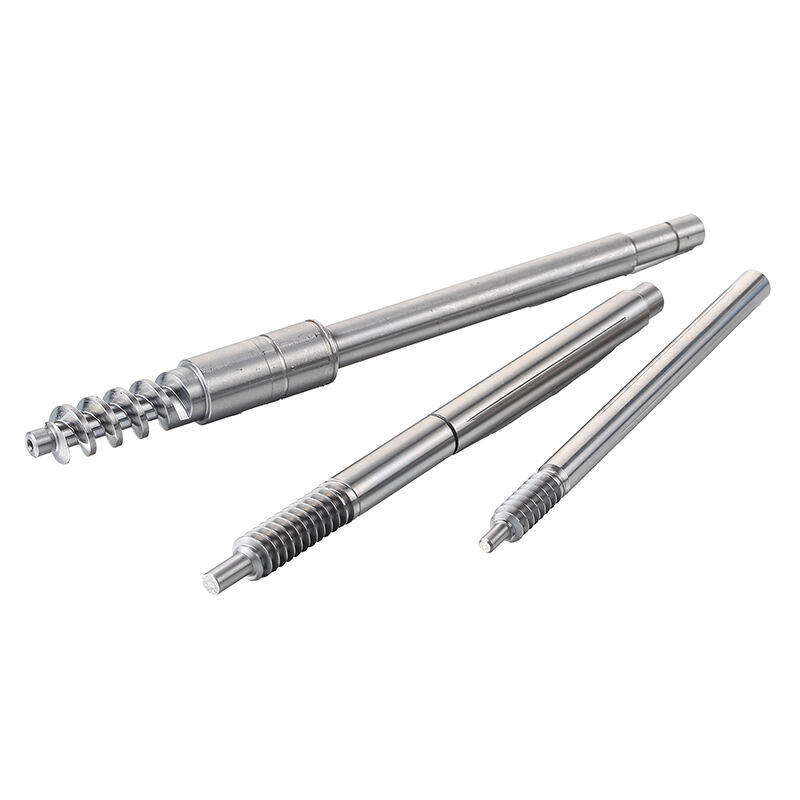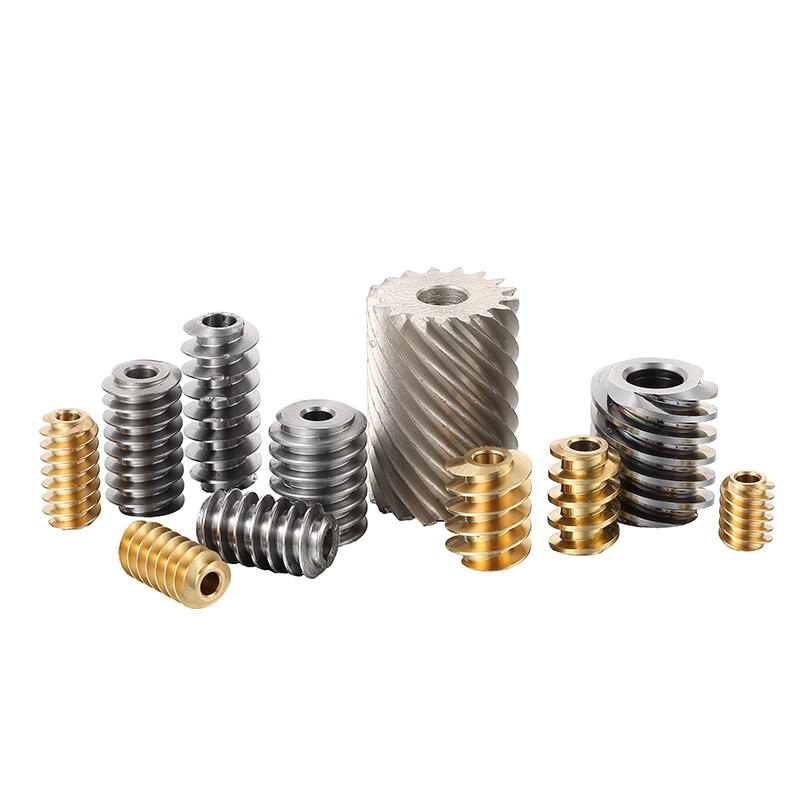stepper motor shaft
A stepper motor shaft is a crucial mechanical component that serves as the primary output element of a stepper motor system. This precision-engineered component transfers rotational motion and torque from the motor to the connected load with exceptional accuracy. The shaft is typically manufactured from high-grade steel or stainless steel, ensuring durability and resistance to wear over extended periods of operation. Its design incorporates specific dimensional tolerances and surface finishes that enable precise positioning and smooth rotation. The shaft can be customized with various features such as flats, keyways, or threaded ends to accommodate different mounting requirements and load connections. In industrial applications, stepper motor shafts are fundamental to automated manufacturing processes, robotics, and precision equipment where controlled incremental movement is essential. They excel in applications requiring exact positioning, such as 3D printers, CNC machines, and scientific instruments. The shaft's ability to maintain positional accuracy without feedback sensors makes it particularly valuable in open-loop control systems. Modern stepper motor shafts often feature advanced materials and coatings that enhance their performance characteristics, including improved wear resistance and reduced friction.


